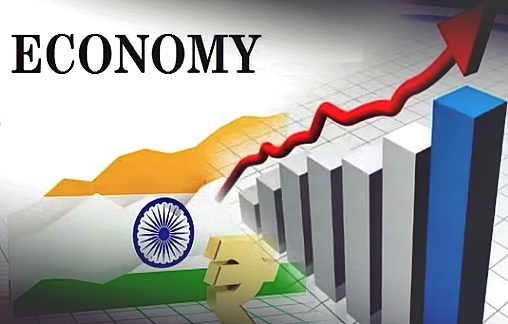India is projected to emerge as the world’s second-largest economy in purchasing power parity (PPP) terms by 2038, supported by strong demographics, robust savings, and a sustainable fiscal path, consultancy EY said in a report on Wednesday.
Citing International Monetary Fund (IMF) data, the report estimated that India’s economy could reach $20.7 trillion in PPP terms by 2030, overtaking the United States, Germany, and Japan, though still behind China.
China is projected to maintain the top spot with a $42.2 trillion economy in PPP terms by 2030, but it faces headwinds from an ageing population and rising debt. The United States, meanwhile, continues to be resilient but is constrained by high debt levels above 120% of GDP and slower growth. Germany and Japan, though advanced, face demographic pressures and dependence on global trade, the report said.
India’s comparative advantage lies in its youthful population – with a median age of 28.8 years in 2025 – and its strong savings and investment rates. Government debt as a share of GDP is expected to decline from 81.3% in 2024 to 75.8% by 2030.
“India’s young and skilled workforce, robust saving and investment rates, and relatively sustainable debt profile will help sustain high growth even in a volatile global environment,” said DK Srivastava, Chief Policy Advisor, EY India.
The report noted that India’s structural reforms, resilient fundamentals, and investments in critical technologies will further support growth. By 2028, India is also expected to overtake Germany to become the world’s third-largest economy in market exchange rate terms.
EY said India’s trajectory is aligned with its long-term vision of becoming a developed nation, or Viksit Bharat, by 2047.
-IANS










